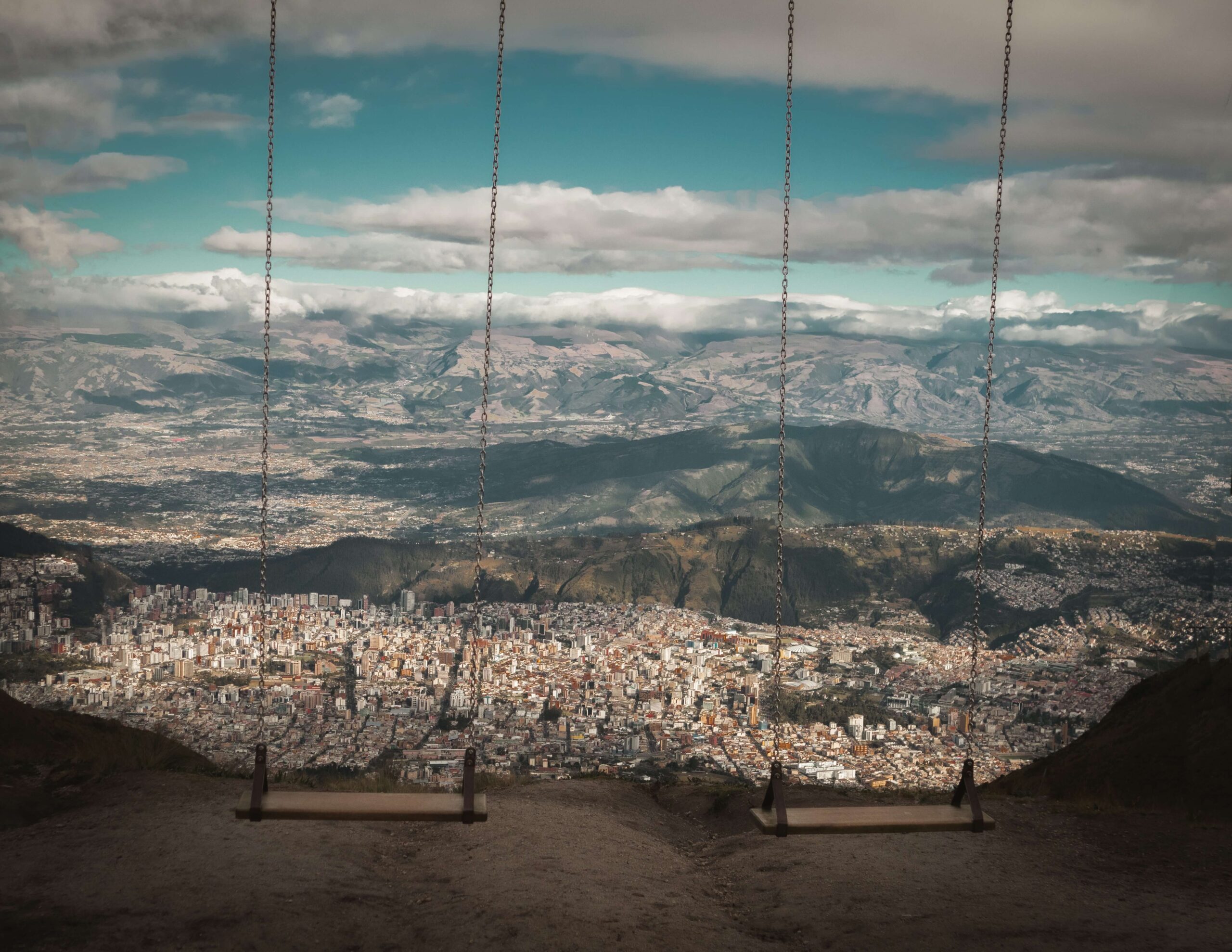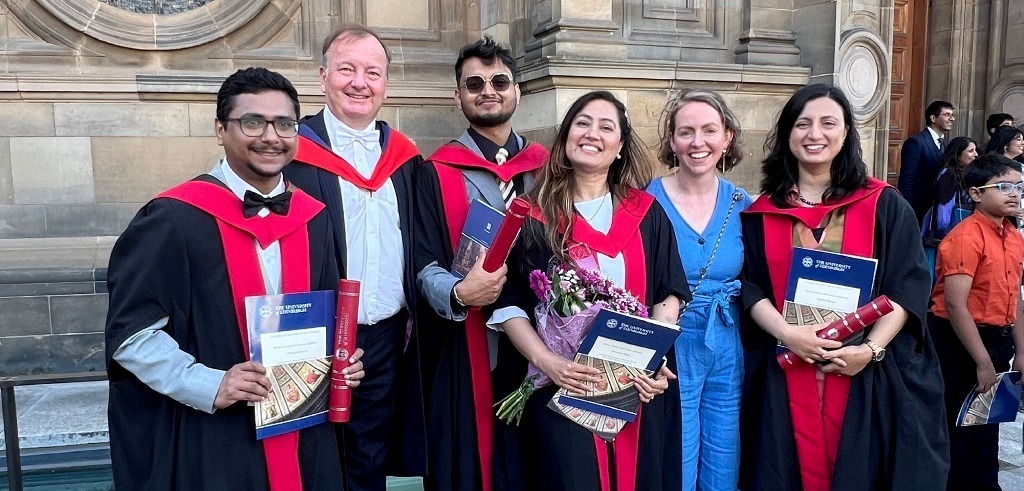
- Close
01/09/2023 | Quito
Learning from the past to envision the future.

How Tomorrow’s Cities Quito team is using memory, emotion, and artistic approaches to talk about disaster risk.
With over 500 seismic events registered from 2010 to 2023, the memory of a destructive landslide caused by heavy rainfall in 2008 and of the Cotopaxi eruption that disrupted air travel and agriculture in in 2015, Quito is a city marked by multiple hazards and sometimes, deadly disasters. Despite this, the city didn’t give up and is embracing new disaster risk management policies that weave risk reduction into long-term planning. Tomorrow’s Cities has been on the front seat.
Recognizing that disasters are not solely the result of hazardous events, but are deeply intertwined with social, cultural, and political processes that produce vulnerabilities and increase exposure to risks, Tomorrow’s Cities Quito team led by Elisa Sevilla, from the University of San Francisco de Quito, have been exploring how interdisciplinary science, arts, and humanities methodologies could be utilized in Disaster Risk Reduction education and in transforming social understanding of risk, promoting a shift towards prevention.
 Exhibition “The Rubble that Speaks” at Museo del Carmen Alto, now a permanent exhibition (below). and “Urban development decisions and risk game” at Museo de la Ciudad, part of the “Broken Slopes of a Mountain” exhibition. December 2021. (Photos by Jonathan Menoscal).
Exhibition “The Rubble that Speaks” at Museo del Carmen Alto, now a permanent exhibition (below). and “Urban development decisions and risk game” at Museo de la Ciudad, part of the “Broken Slopes of a Mountain” exhibition. December 2021. (Photos by Jonathan Menoscal).
In a paper published in the Journal of Disaster Risk Reduction the team that also includes researchers form the Fundación Museos de la Ciudad’s, Facultad Latinoamericana de Ciencias Sociales, Sindicato Audiovisual, the University of East Anglia and the University of Bristol in the UK, as well as the Aix-Marseille University in France, worked with communities and individuals at risk, marginalized urban populations and students, educators and decision-makers.
The work involved collaborative efforts to create educational materials, engage various stakeholders through museum exhibits and a digital platform, gather feedback through surveys and workshops, and ultimately empower individuals to contribute to risk-sensitive urban planning and disaster reduction efforts.
The team underscores the potential of emotional engagement and the influence of past event memories as a catalyst for positive action.

Andesita’s Instagram account . @la_andesita.
“Emotions can be used as catalysts for motivating individuals and communities to take proactive steps toward reducing disaster risk. So, by using the arts and humanities, in combination with scientific information we sought to trigger positive emotions such as awe, empathy, and even indignation.”
– Elisa Sevilla, Quito Lead, Universidad San Francisco de Quito Professor.
The concept of learning from historical memory also emerged as a valuable tool for understanding disaster risk and resilience-building, as it enables stakeholders to gain insights from the past to inform their actions for the future.

“The way of the lahars” narrative on the Reducir Riesgos en Quito digital platform, based on the 1877 Cotopaxi eruption with historical images artistically connected to the platform’s guide character, “Andesita” and a podcast of fictional time-travel to listen to the testimony of her “friend” Theodor Wolf, the Ecuadorian state geologist at the time.
“By collecting testimonies from past events, we are acknowledging the value of historical memory in promoting an understanding of disaster risk and in building resilience in vulnerable populations. We believe this allows people to distance themselves from anxiety about future risks and facilitates long-term planning.”
Karina Barragán, Universidad San Francisco de Quito, Ecuador
Tomorrow’s Cities work in Quito, demonstrated that integrating interdisciplinary knowledge, emotional engagement, collaboration, and historical memory, empowers individuals to consider the long-term impact of their present decisions on future disaster risk. This approach not only enhances understanding of complex disaster risk factors but also triggers positive actions towards reducing vulnerability and building resilience in the face of future hazards.

Digital invitations for a. The exhibit “So that the Furious Tremor doesn’t Take us by Surprise Again” at MCA, b. The exhibit “On the Broken Slopes of a Mountain” at the Museum of the City, and c. The exhibit ¿Qué onda con Quito? at the MIC.
The article was co-authored by María José Jarrín, Karina Barragán, Paulina Jáuregui, Casandra Sabag Hillen, Agathe Dupeyron, Jenni Barclay, Teresa Armijos Burneo, María Isabel Cupuerán, Camilo Zapata, María Antonieta Vásquez Hahn, and Paúl Narváez Sevilla.


